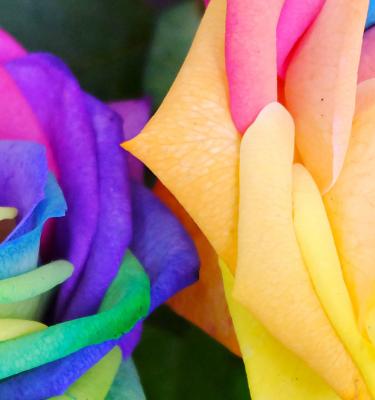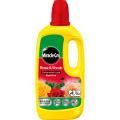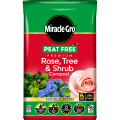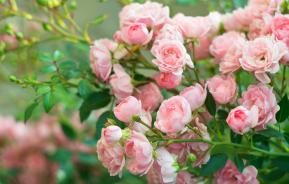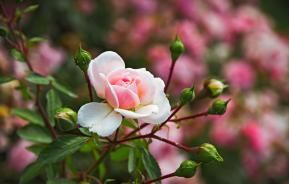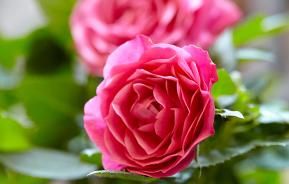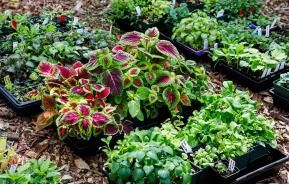Rainbow roses are not the only coloured cut flowers other cut flowers such as chrysanthemums, carnations, hydrangeas and orchids can also be rainbow coloured in the same way.
Rainbow roses do not occur in nature but they haven’t been painted either. rainbow roses are artificially coloured through the flower’s intake of water – splitting the stem into different cups of dyed water to achieve the rainbow effect.
As they are unnaturally coloured, they don’t last as long in a vase as regular roses, as the dye affects the plants’ ability to photosynthesise and survive.
If you’re interested in making your own rainbow roses at home, follow the steps below…
About rainbow roses
In scientific terms, this simple but effective process is carried out using the transportation system located within vascular flowers. The xylem tubes located in the stem of the rose pump colour to the leaves and petals,. When the petals have absorbed the coloured water – the water itself evaporates leaving the colour behind. The outer layer of the petals themselves (of a white rose) are transparent so the colour shows up beautifully.
In terms of varieties, research showed that the best variety for achieving rainbow roses is ‘Vendala’, a cream coloured Hybrid Tea from the Netherlands, Colombia and Ecuador – this variety is said to absorb the different colorants evenly. Other roses that can be used to achieve this process are ‘La Belle’ and ‘Avalanche’. However, these do not achieve as bright a rainbow as Vendela. In terms of colour, combinations are fairly limitless, however black and white are impossible.

How to make your own rainbow roses at home
Step 1: pick your rose
Ideally use a white rose. If white is not available, go for a light coloured rose such as pale pink, yellow or cream. As well as the original colour having an effect on the final product, so will the stage the flower is in, as it affects how fast or slow the dye takes to the flower. Tip: If the rose is at or near blooming stage it will take the colour more readily.
Step 2: cut the stem
To prepare the rose, you must cut the stem. It is important to ensure the stem length is correct at this stage to ensure that the rose(s) sit properly in their container, otherwise the rose may become top-heavy and bend. The height of your rose(s) should be just taller than your vase(s) that you plan to colour the rose(s) in/present them in.
Step 3: divide the stem
Divide the stem into sections using a sharp blade to create multiple sections. Tip: Use a sharp knife to achieve this or else the stem may simply tear and damage the rose. The cut should extend from the bottom of the rose without reaching within 2.5cm (1in) of the base of the petals. Divide the stem into four equal sections (if you cut too many you may weaken the stem). The number of sections you cut determines the number of colours in your rainbow rose.
Step 4: add the colour
To add the colour, mix several different food colourings into separate cups of water. Match the number of colours to the number of sections in your stem(s). You can control how bright you want your colours to be by how much food colouring you use. When picking your container(s) go for ones that are narrow and sturdy. Place each stem section into each container. Do so with extra care as the stems will be very delicate, and too much force risks breaking them by accident.
Step 5: wait and enjoy
You will begin to notice the colours changing as early as 30 minutes after setting up, but for a vibrant look allow the rose(s) to bathe in the dye pools for a few days. It may take up to a week before the colours are notably vibrant.
Buying rainbow roses
Rainbow roses cannot be grown naturally and do not occur naturally in the garden, so beware people selling them online from seeds or small plants!
